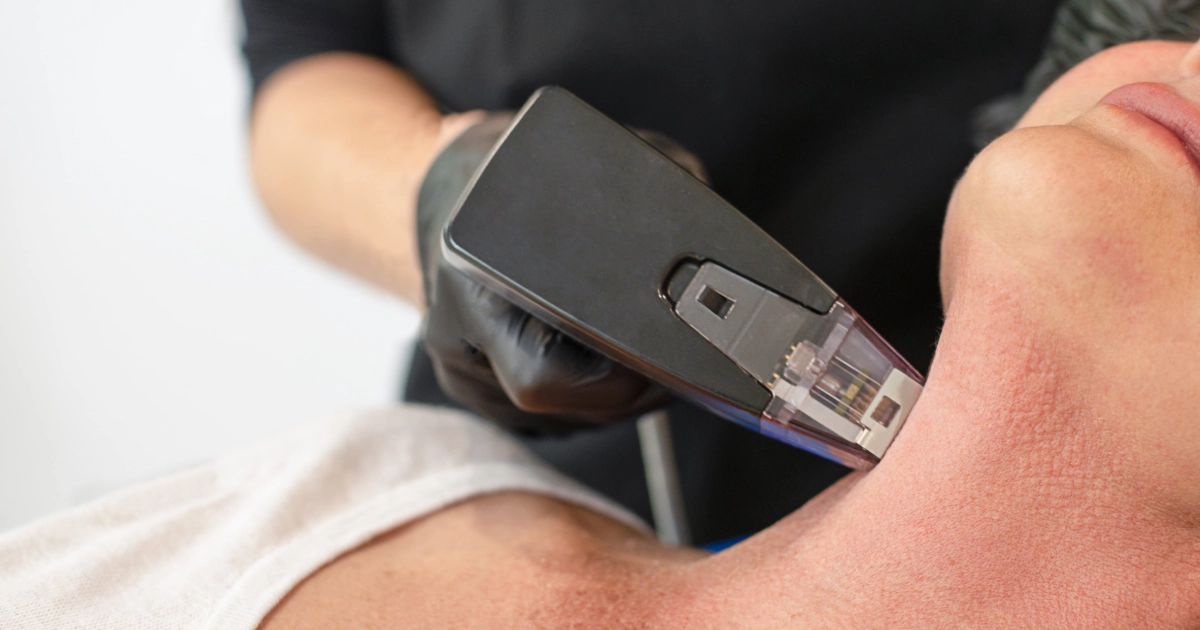Perimenopause represents a significant phase in a woman’s life, marked by the winding down of ovarian function and the onset of menopausal symptoms. This transitional period, which typically begins in a woman’s 40s and can last from several months to a decade, is characterized by irregular ovulation and an array of symptoms, including mood swings, brain fog, and muscle and joint pain. However, there’s a silver lining known as the “Perimenopause Power Window,” during which targeted exercise can play a transformative role in managing and mitigating these changes.
Understanding the Impact of Exercise During Perimenopause
Recent studies, including one published in the Menopause Journal, underscore the profound benefits of physical activity for women navigating perimenopause. Exercise during this time is beneficial and crucial for maintaining overall health and mental well-being. It has been shown to significantly affect body composition and metabolism in perimenopausal women, helping to counterbalance hormonal upheavals.
Exercise’s Protective Role
Regular physical activity during perimenopause increases lean muscle mass and decreases visceral fat—the kind linked to metabolic diseases. It also enhances the body’s ability to use fat as fuel, boosts cardiovascular health, and counters the natural depletion of muscle mass and slowing metabolism associated with aging.
The Best Types of Exercises for Perimenopause
Strength Training
Strength training should be the cornerstone of a perimenopausal exercise regimen. Engaging in heavy lifting stimulates not only the muscles but also bone density, which is crucial as the risk of osteoporosis increases after menopause. Guidelines suggest three 20-25 minute sessions of low-intensity strength training per week, focusing on heavy weights that stimulate muscle adaptation without excessively triggering a cardiovascular response.
High-Intensity Interval Training (HIIT)
HIIT maximizes the body’s antioxidative response and hormone stimulation, which is crucial for managing perimenopausal symptoms. This exercise increases proteins involved in glucose uptake without the need for insulin, thus reducing the risk of accumulating visceral fat. A typical HIIT session for perimenopausal women might include a 10-minute warm-up, followed by six to seven high-intensity intervals, interspersed with 1-3 minutes of rest, and a 10-minute cooldown.
Additional Exercise Tips for Perimenopause
- Avoid Moderate-Intensity Cardio: This exercise can raise the heart rate without leading to significant metabolic adaptation, which is less effective during perimenopause.
- Focus on Form: Proper technique in weight lifting is crucial to avoid injuries. Seeking professional guidance can be very beneficial.
- Support Your Gut Health: High-intensity exercises have been shown to support gut microbiome diversity, adding another layer of health benefits.
Implementing a structured exercise routine during the perimenopause power window can significantly alleviate symptoms and improve quality of life. Perimenopausal women can effectively navigate this challenging yet pivotal phase of life by focusing on strength training and HIIT.








